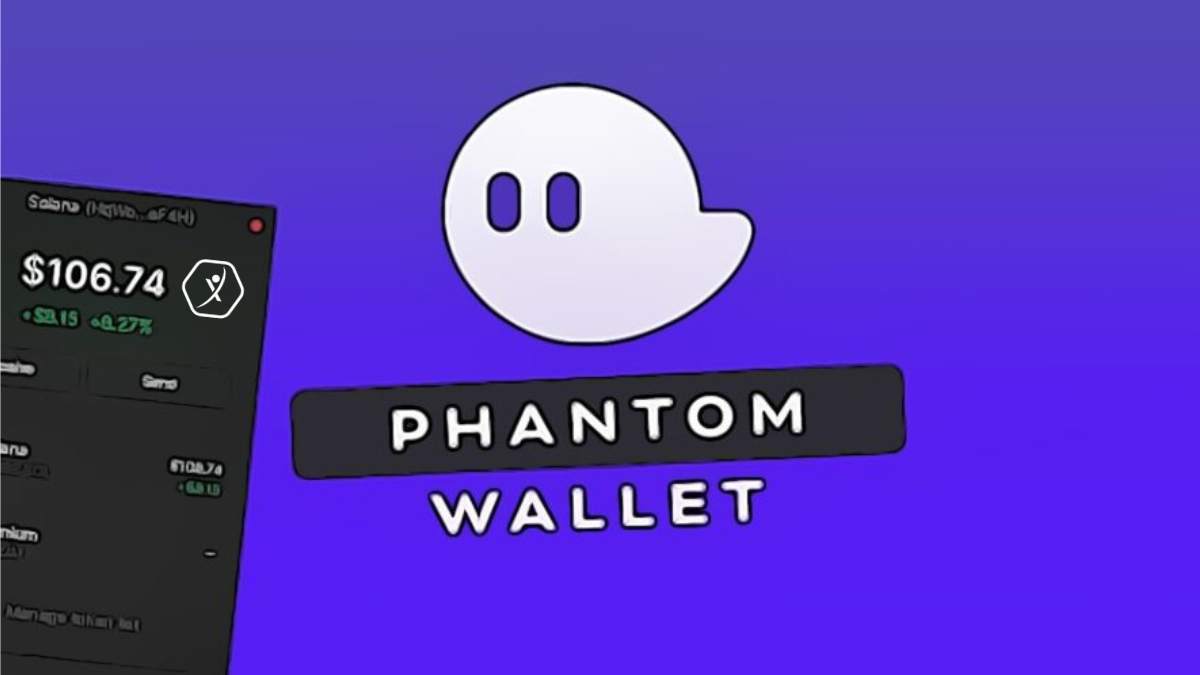Ever opened a DeFi app on Solana and thought, “Man, this wallet thing is a mess”? Yeah, me too. It’s like every time I want to connect, I’m wrestling with some clunky interface or a security prompt that feels sketchy. Seriously, navigating dApp integrations used to be a headache—until I stumbled onto the phantom wallet. Wow! It’s not just another browser extension; it’s the slick, user-friendly bridge that makes accessing Solana’s decentralized ecosystem feel almost… fun. Okay, maybe that’s a stretch, but you get me. The ease of use here is pretty impressive, and the security layer is no joke either.
At first glance, I thought all wallets were created equal. Yeah, I know—that’s naïve. But then I noticed how Phantom’s browser extension smoothly pops up when you interact with a dApp, without those annoying reloads or permission floods. This might sound trivial, but it’s very very important for maintaining flow and trust. Plus, the way it handles your private keys—locally stored and encrypted—gives me a little peace of mind. Not gonna lie, my gut was a bit skeptical at first; something felt off about trusting another extension. But the more I used it, the more I saw that Phantom had nailed the balance between convenience and security.
Here’s the thing. Browser extensions have a reputation, right? They can be a security nightmare if not done right. And on Solana, where transactions happen fast and fees are low, the wallet’s gotta keep up without compromising safety. Phantom’s approach is clever: it’s open-source, regularly audited, and integrates with Solana’s JSON RPC in a way that’s both efficient and developer-friendly. So, for dApp creators, this means less friction when onboarding users. For us end-users, it means fewer “uh-oh” moments.
But wait—there’s more. Phantom doesn’t just stop at basic wallet functions. It supports staking, swapping tokens right in the extension, and even NFT management. I wasn’t expecting much when I first dived in, but the NFT gallery is actually pretty neat. It feels like the wallet understands that users want a unified experience: one place for DeFi, NFTs, and everything in-between.
Still, some parts bug me. For example, the extension can sometimes lag when lots of NFTs load or when you have many tokens. I’m not sure if that’s my setup or Phantom’s architecture. Also, the security prompts, while generally good, occasionally feel a bit too verbose, especially for power users who just want to breeze through. But honestly, I’d rather have that than be blindsided by a shady transaction.
Check this out—

Now, I’m biased, but the way Phantom integrates with Solana’s ecosystem feels like it was designed by folks who genuinely use it daily. The UX is intuitive—no overblown menus or confusing jargon. Plus, with the rise of DeFi on Solana, having a wallet that’s both robust and simple is a game changer. (Oh, and by the way, the browser extension works flawlessly on Chrome and Brave, which covers most of my bases.)
Security and User Control: Phantom’s Secret Sauce
Let me be real—security in crypto wallets is a hot topic, and for good reason. Phantom’s security model is pretty straightforward but effective: your private keys never leave your device, and the extension uses strong encryption to keep them locked down. My instinct said, “Check the permissions carefully,” because extensions can be sneaky. Turns out, Phantom asks for just what it needs and nothing more.
On one hand, some users might find the permission requests intrusive, but actually, they’re necessary to prevent malicious dApps from siphoning tokens or collecting data without consent. Phantom smartly bundles permissions per session, so you’re not drowning in pop-ups every time you visit a site. Initially, I thought all these confirmations would slow me down, but the workflow is pretty smooth once you get used to it.
Interestingly, Phantom also supports hardware wallet integration. This hybrid approach means you can combine the convenience of a browser extension with the ironclad security of a Ledger or Trezor device. If you’re serious about your crypto (and most of us should be), this is a very very important feature. It’s not often you see such thoughtful layering of security within a simple UI.
But here’s a question: How does Phantom stay ahead against phishing attacks and rogue dApps? Well, it’s a combination of educating users and technical safeguards. The wallet flags suspicious URLs and unusual transaction patterns while encouraging users to double-check before approving. I can’t say it stops all bad actors, but it definitely raises the bar.
Okay, so check this out—
One quirk that drives me nuts is the occasional delay in syncing transaction history, especially right after switching networks or tokens. It’s not a dealbreaker but it reminds me that the blockchain is inherently asynchronous and sometimes the front-end UX has to catch up. Still, Phantom’s team pushes updates pretty regularly, which is promising.
For those diving deep into Solana dApps, having a wallet with a clean, secure, and fast integration really transforms the experience. Phantom’s extension reduces the friction that often keeps newcomers hesitant. Plus, the fact that it’s open source adds a layer of transparency that’s missing from many other wallets.
If you haven’t tried it yet, I’d recommend giving the phantom wallet a spin. It’s not perfect, but it’s hands down one of the best ways to tap into Solana’s vibrant DeFi and NFT scenes without feeling like you’re risking your hard-earned crypto every time you click “connect.”
FAQs About Phantom Wallet and dApp Integration
Is Phantom Wallet safe for everyday use?
Yes, Phantom employs local encryption for private keys and supports hardware wallets, which together offer strong security. But always be vigilant about phishing and only connect to trusted dApps.
Can I use Phantom Wallet on multiple browsers?
Phantom primarily supports Chrome and Brave browsers. Using it across multiple browsers is possible but requires separate extension installs and wallet setups.
Does Phantom support NFT management?
Absolutely! Phantom has a built-in NFT gallery that lets you view and manage your digital collectibles seamlessly within the wallet.
How does Phantom handle dApp permissions?
The wallet requests permissions per session or site basis, minimizing overreach while allowing you to approve or deny dApp access to your wallet functions.
